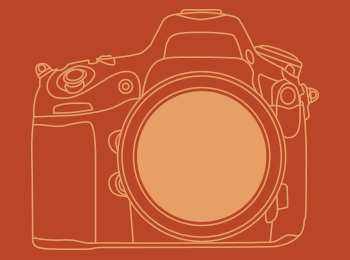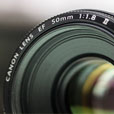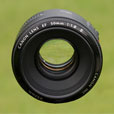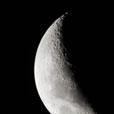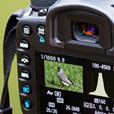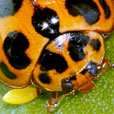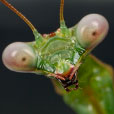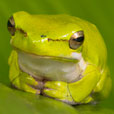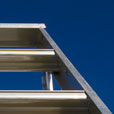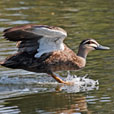
When you take a picture of a sunset you generally want the sky to come out
right rather than the ground. It’s easy to make sure that happens
MORE …
You don’t have to limit your sunset shots to only being about the sunset.
Here’s how you can light up the stuff in the foreground
MORE …
With a few of these tricks up your sleeve there’s no limit to the kind of
fun you can have immersed in the tiny, bizarre world of macro. This is the first page
of a two-part guide offering all the stuff I wish I’d known earlier
MORE …

Following on from the previous article, now I’m going to talk about some
ways to take your macro photos to the next level
MORE …
This is a handy trick for making your subject stand out from its background. Here’s how it works
MORE …
I mention this a few times throughout these photography guides, but I’m devoting
a whole page to it this time because it’s worth stressing and it’s also such
an easy thing to do. I’m talking about just getting down (or up) to the subject’s eye
level to take your shots MORE …

They’re all around us, but getting a good shot of one can be exasperating.
Here are some tricks to help your bird photography
MORE …
In the first section I gave a bunch of suggestions for getting started in bird
photography. Here are some more ideas, starting off with birds in flight
MORE …
Sometimes you want to stop the background from mucking up your photo. It’s handy knowing
how to isolate your subject from everything going on behind it. And cameras can make it easy
MORE …

I’ve been getting a lot of nice feedback from my frog photos. So I
figured it would be good to explain how I work. It’s not difficult. You just need a
bit of patience and a tripod. Oh yeah, and some frogs
MORE …
If there’s anything better than seeing an animal in its natural habitat,
it’s getting a picture of it too. But animals can be notoriously uncooperative
photo subjects. Here are some tricks used by the professionals to improve their chances
MORE …
People familiar with image-editing programs like Adobe Photoshop are able to do some
clever stuff to their photos, but how much work does a photo need to make it great? The
answer might surprise you MORE …
You’d think it was difficult. I mean dogs can move really quickly, right? But
it’s easy if you know the right settings MORE …
I’ve said it before and I’ll say it again: modern cameras are
making it possible for anyone to take the kinds of shots that were once only achieved by
the top professionals. This photo of a Welcome Swallow flying in to feed its young might
once have required almost clairvoyant focusing and timing, but if you know how to set up
your camera gear it becomes one of the easiest shots to take that I know about. Yes, seriously. I quite literally
could have taken these shots blind-folded. Here’s how you do it
MORE …


